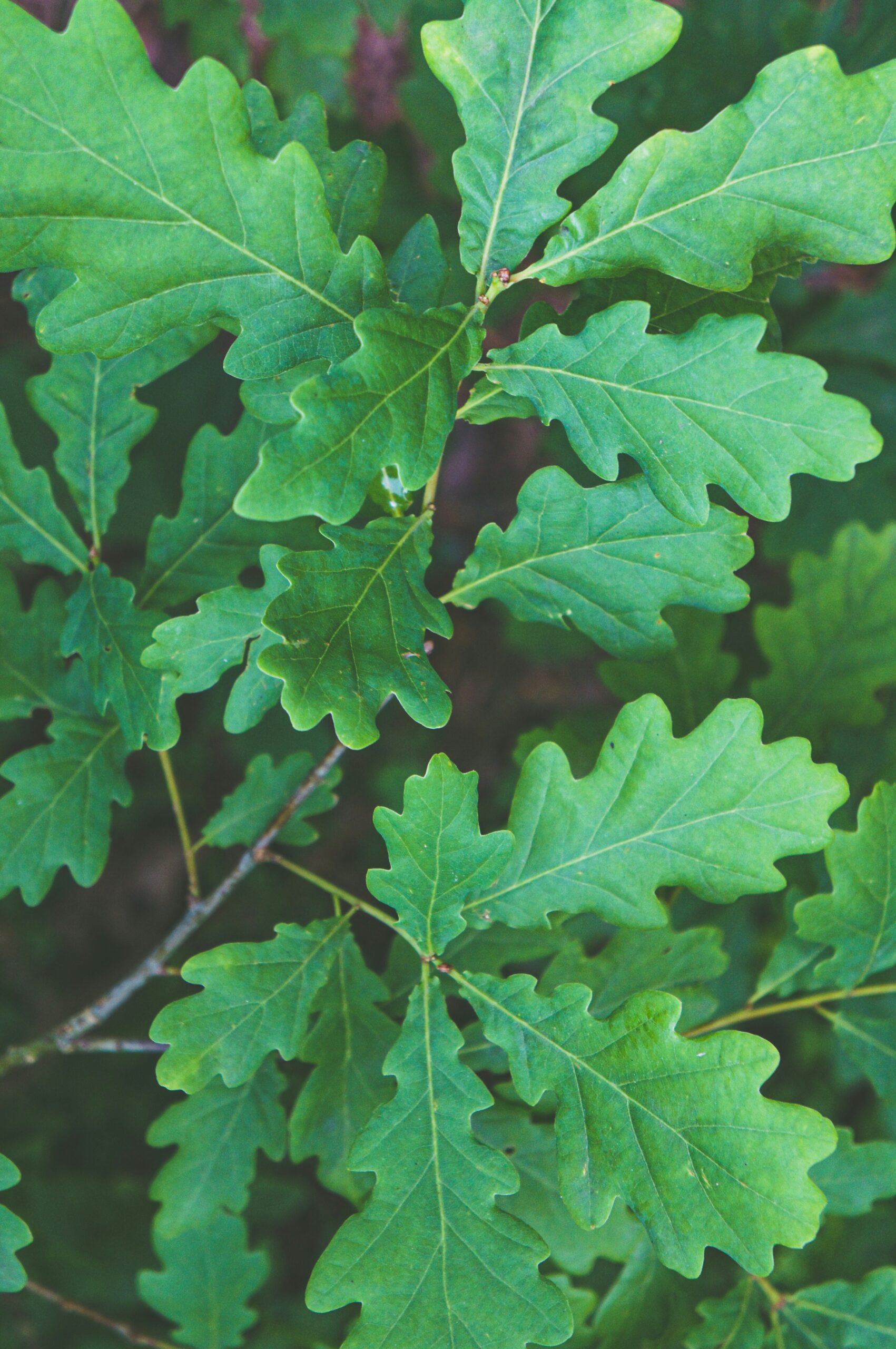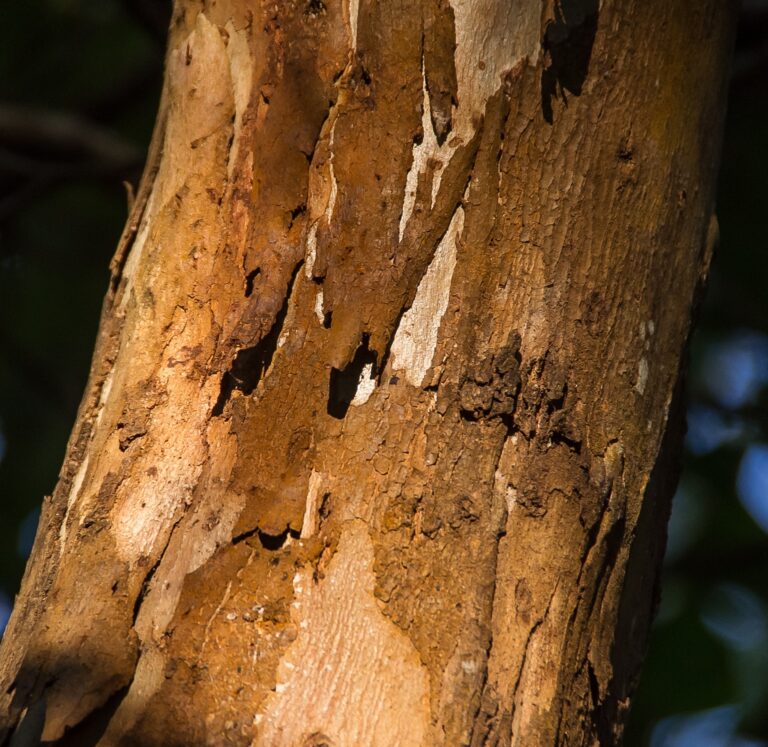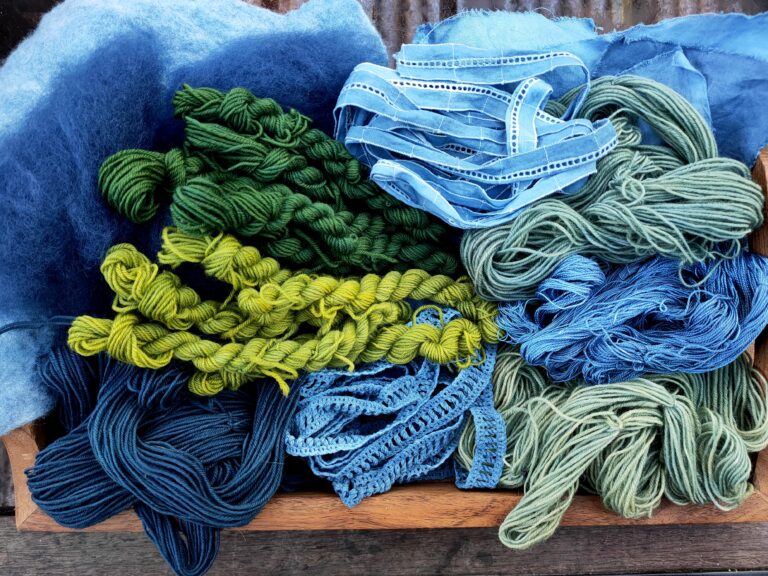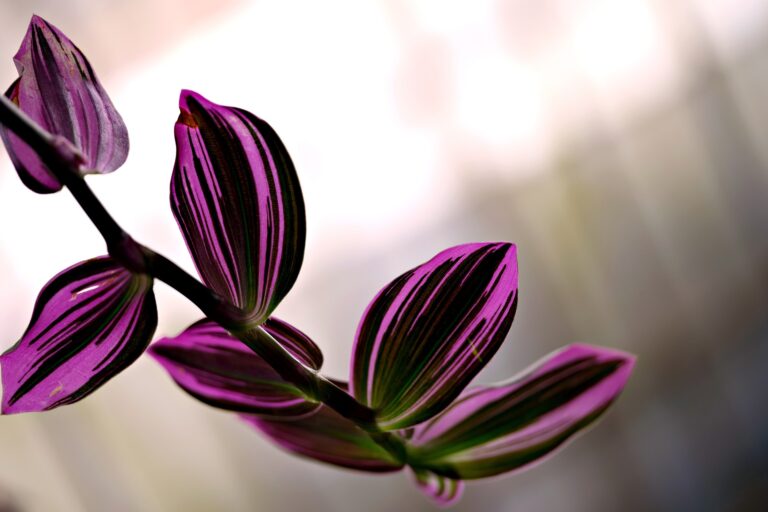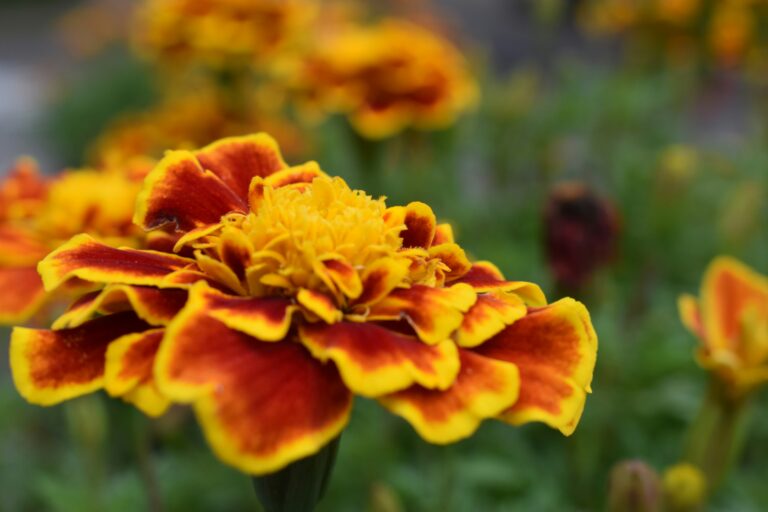The Versatility of Oak in Natural Dyeing

Oak is an important tool in the dyers box, but can we also dye with it?
All parts of the oak tree are very useful when natural dyeing. It has a high amount of tannin naturally embedded in its cells, which means it can be used as a natural source for all your cellulose fibre mordanting needs.
Most things that are high in tannin can be a successful dye material, so I decided to try some dyeing with Oak.
Different Mordants
In this experiment I will be looking at how 3 different mordants. The 3 different mordants are listed in the fibre preparation with links on how to use these mordants before dyeing.
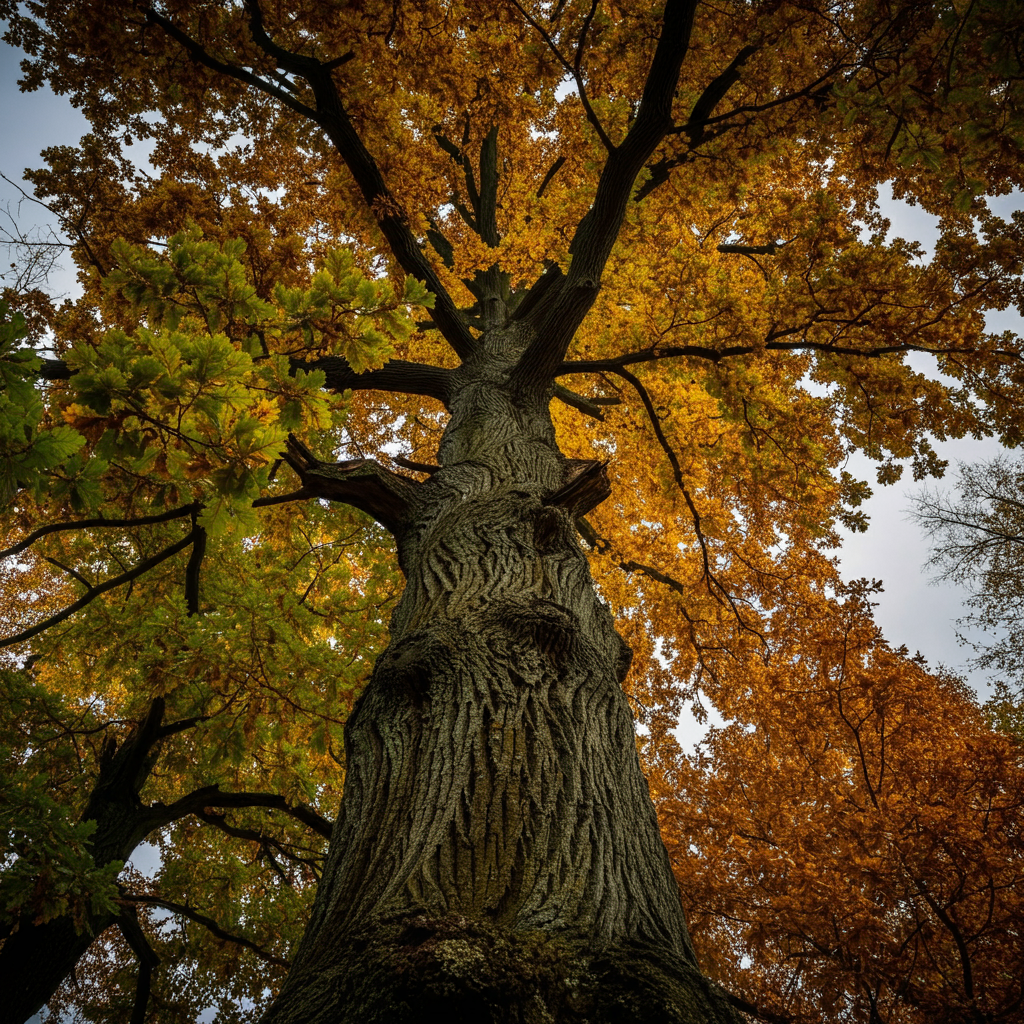
Safety Note
Always ensure when dyeing of any nature, to keep all saucepans and utensils used in the process, separate from your general cooking supplies. You do not want to cook with anything that has been used to mordant or naturally dye your fibres. You should also wear gloves and a mask while handling your chemicals.
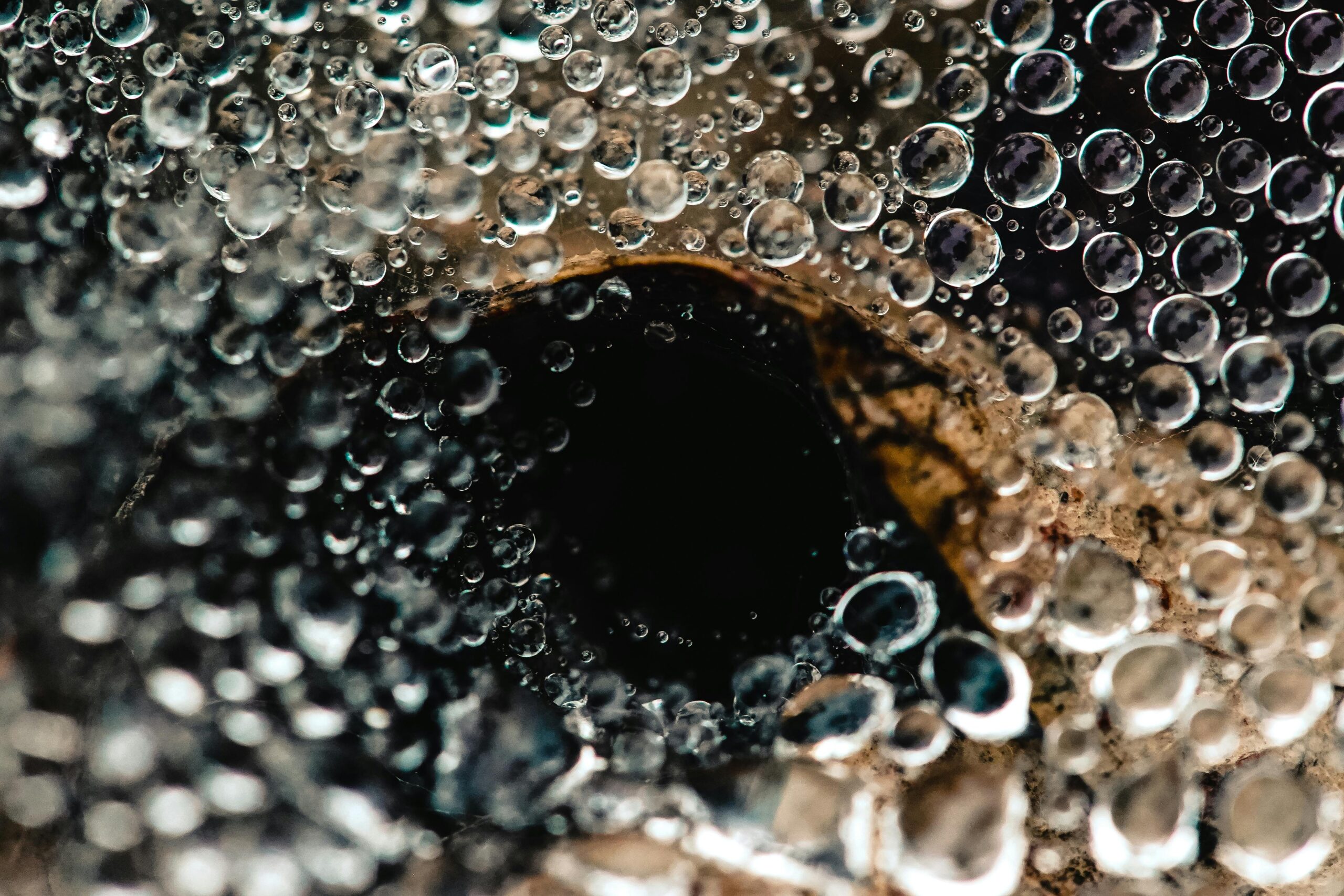
Fibre Preparation
Before dyeing you must first scour (wash) and mordant your fibre.
For this experiment I have used wool roving mordanted with alum, iron and copper.
Measurements.
The first thing you will need to do is weigh your fibre. You will need to know how much fibre you have, to determine how much lac to use in your solution. This measurement is called WOF (weight of fibre). You should always weigh you fibres when dry and free from debris.
As I do not have any oak available to me, I purchase my oak tannin from a natural dye shop. For this experiment I used 10% of WOF. So for 10g of wool roving I used 1g of oak tannin powder. If you are lucky enough to have an oak tree near you I would use a much larger percentage. Try at least 100% Wof and adjust from there.
What you will need to begin dyeing with Oak
Boiling water
Oak- Refer to measurements
Wool Fibre- I have used 10g of merino roving for each mordant that was prescoured and mordanted.
Bowls
Glass Jars
Scales for measuring your oak source and fibre
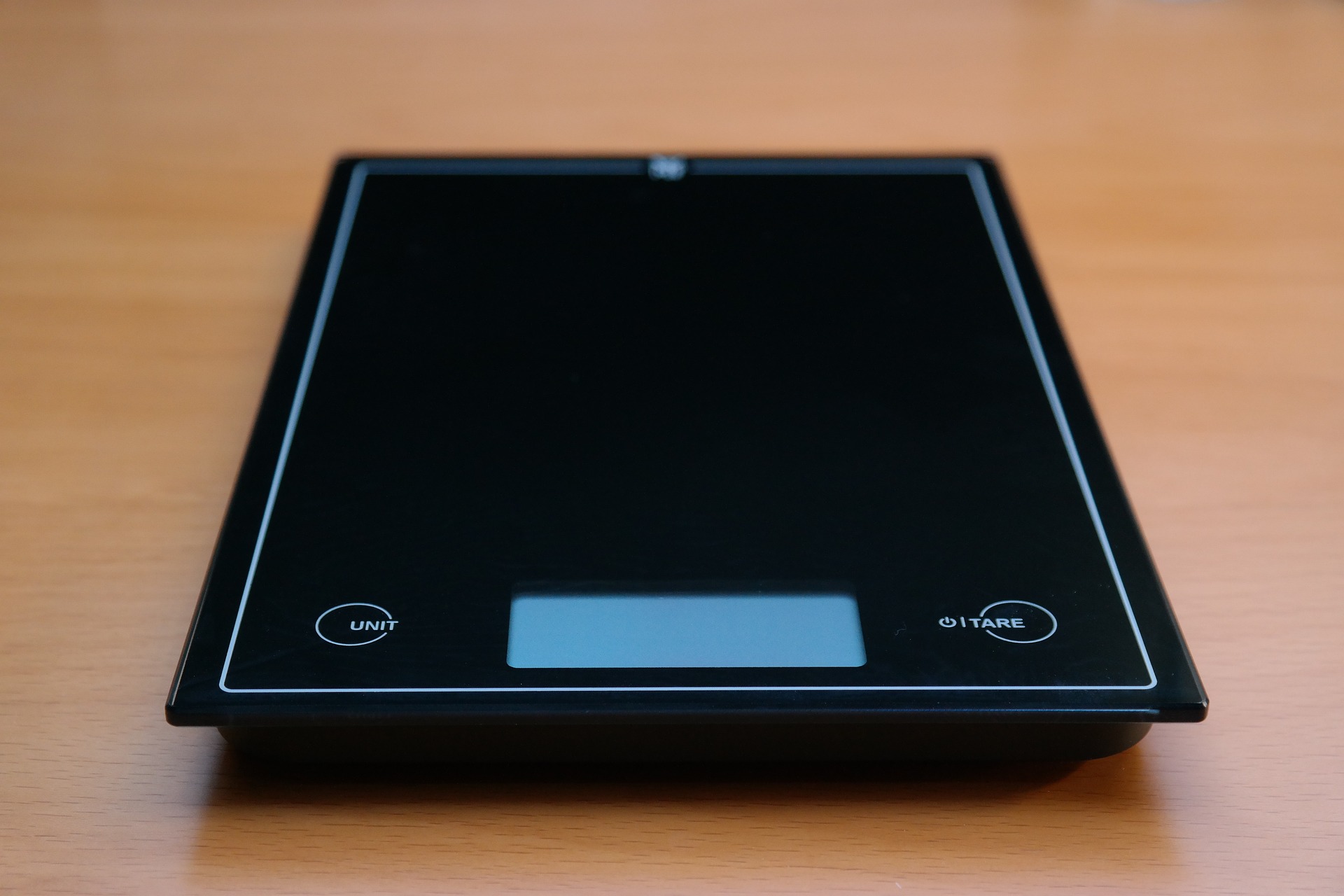

Procedure
Step 1: Place your dyestuff in a heat proof bowl and add boiling water
Step2: When cool enough, transfer into glass jars and leave outside. With the Oak powder I have only left it for a day but if You are using the real thing I would leave it for a few weeks. I would normally leave leaves for a couple of weeks but bark for at least a month.
Step 3: Add your fibre. Leave outside in the sun for 1 week. Again if you are using oak leaves your bark you will want to strain your dye bath first.
Step 4: Take your wool out of the jar and leave to dry completely without rinsing.
Step 5: Rinse in water baths until they are clear. As I was using roving I did not want to use running water to start it felting, so I used a few bowls of water. Always make sure you wool does not experience dramatic temperature changes. Make your water room temperature. Leave to dry
Dyeing with Oak
The first circle in each row shows the roving when rinsed and dried. The next circle is after the roving was wet felted using a gentle olive oil soap. And the third circle is the felt after it has spent 4 weeks in the sun.
As you can see there was a little fading in the sun test though to be fair it was a hot 4 weeks so it wasn’t too bad. I would happily use Oak as a source of dye in the future.

Join us on Instagram www.instagram.com/DyetoCraft
Etsy Shop Now open
If you like the idea of using organic naturally dyed threads in your craft but just don’t have the time, come and have a look at our Etsy Shop where you will find an array of beautiful colours provided by nature.

